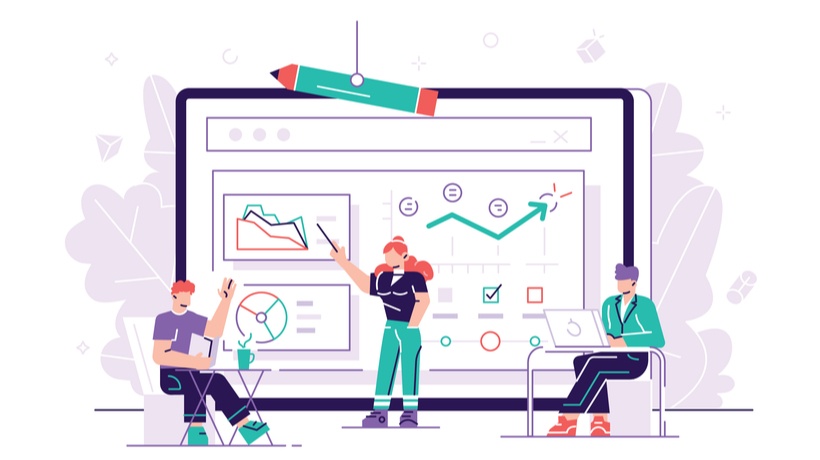How To Build A Successful Blended Learning Program
Blended learning is an instructional method and a learning approach that combines face-to-face classroom methods with computer-mediated activities to deliver instruction. It is a learning and training method that combines digital learning tools with traditional classroom instruction. The main objective of a blended learning program is to incorporate the necessary changes in conventional face-to-face learning methods to make more effective and personalized learning paths for learners.
Blended learning has been one of the most successful learning approaches to engage modern workplace learners. It is a great and essential option when your company has a remote workforce and globally spread employees. Blended learning offers the best of Instructor-Led Training and online or digital learning. Moreover, it is cost-effective and a natural way to learn and work simultaneously.
Blended learning represents an effective model that integrates technology to boost your employees' learning and deliver a positive business impact. Modern corporate learners are always on the move and must perform the dual job of learning new skills and performing their job optimally. A blended learning program can make this happen. This article will discuss 4 parameters to consider when building and implementing a successful blended learning program for your employees.
1. Focus On Personalized Learning
Personalized learning is an important parameter to consider when developing a blended learning program for the workforce. Modern corporate learners tend to be significantly motivated by content, knowledge, and skills relevant to their professional life and needs. Studies have also found that learners make more significant gains when they follow a personalized learning approach in training.
Organizations increasingly use Learning Experience Platforms (LXPs) to provide personalized learning experiences to their employees. Modern LXPs provide improved real-time tracking and reporting of the learning pertaining to your employees. These reports help identify skill gaps in employees so as to provide more relevant training in ILT sessions.
2. Use A Good Blend Of Online And Offline Resources
A good blend of learning resources is another essential parameter to consider while developing a blended learning program. An effective blended learning program integrates ILT with digital learning resources to provide a seamless learning experience to the learners. Many supplemental resources like microlearning modules, instructional videos, and other interactive media are readily available to instructors and can be used to present the concepts and skills to learners and motivate them.
All these resources can be developed once and used multiple times and across various sessions. Since blended learning includes online learning methods, your employees have more flexibility to dedicate time for learning in their busy day-to-day work. Using a proper blend of face-to-face instruction and online forms of training can make the program engaging and interesting for the learners.
3. Maintain Collaboration With The Learners
Collaboration is another important parameter to consider while developing a blended learning program. Blended learning programs work better when you maintain regular collaboration with learners. You can encourage collaboration between the facilitator and the learners, and among the learners, by using digital tools like video conferencing tools, online chats, discussion forums, etc., even when the learners do not see each other in person.
Collaborating, communicating, and networking with others augment the process of knowledge and good practice sharing and encourage a culture of continuous learning in the organization. In a blended learning program, learners work together on activities/tasks and learn from each other in real time.
4. Solicit Feedback From The Learners
For any program, getting feedback from the learners is very important to make improvements later. The same also applies to blended learning programs. As you implement the blended learning program, solicit feedback from the learners and make adjustments accordingly. Encourage your participating employees to share their opinions, suggestions, and concerns to perfect the strategy and the program. You can conduct online polls/surveys and ask the learners to send feedback on the program. Feedback helps you identify the areas that need improvement.
Conclusion
Blended learning programs offer several benefits and will be adopted to a great extent by companies in the coming years. Organizations and companies can effectively use blended learning programs as part of their learner-centric corporate training strategy.
At Tesseract Learning, our learning and visual architects are constantly innovating and reinventing their approaches to design, develop, and deliver effective L&D programs. We understand your needs and would recommend the right strategy to create impactful blended learning programs. To learn more about how you can effectively implement blended learning programs for your employees, contact me or leave a comment below.
